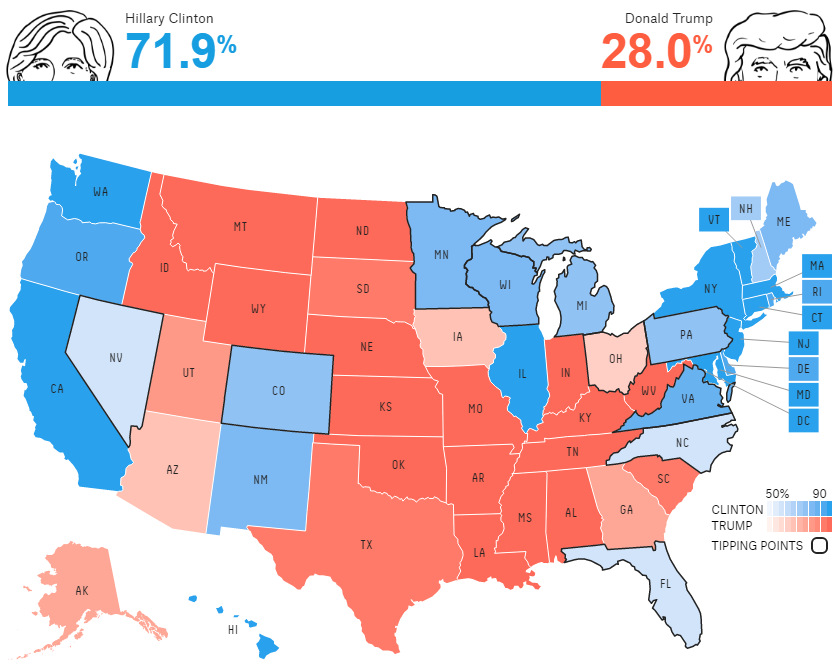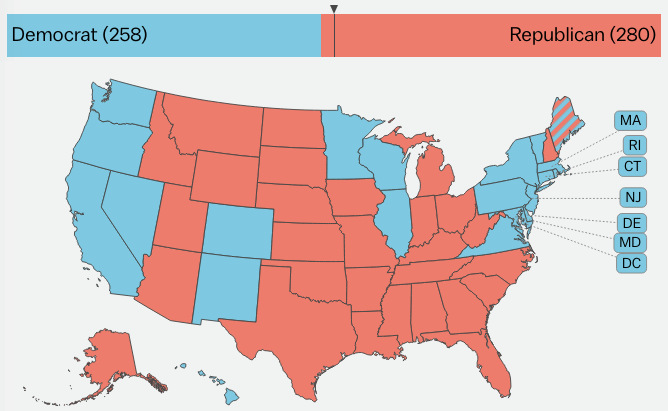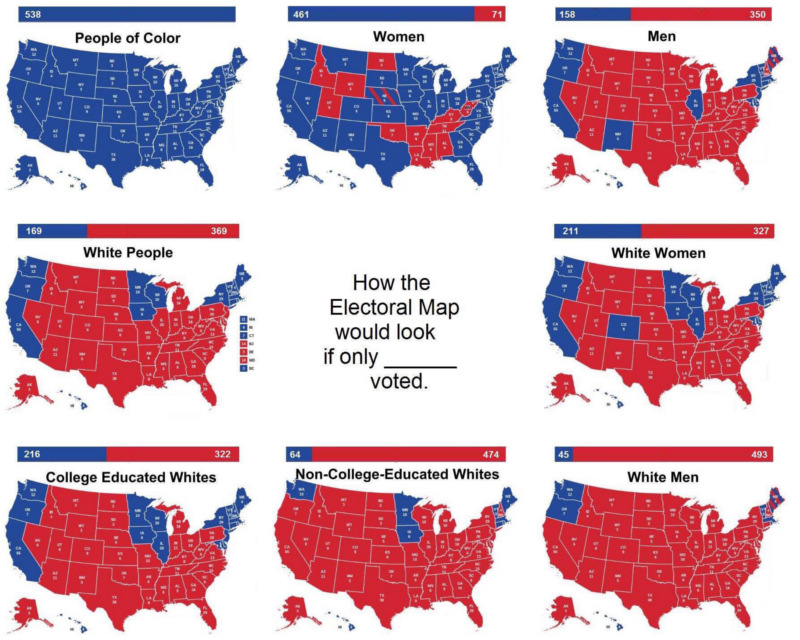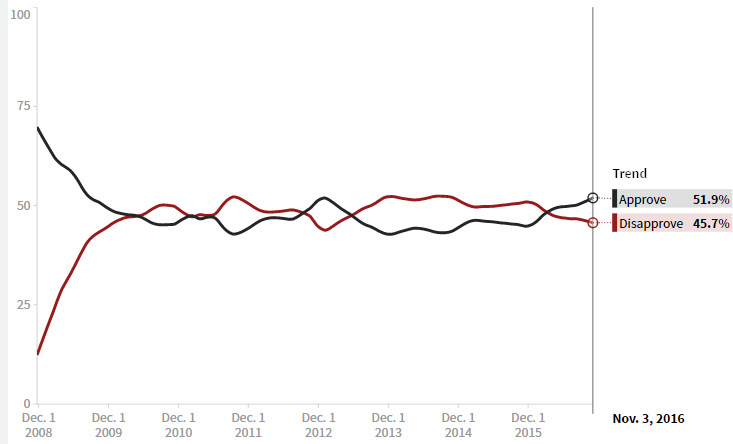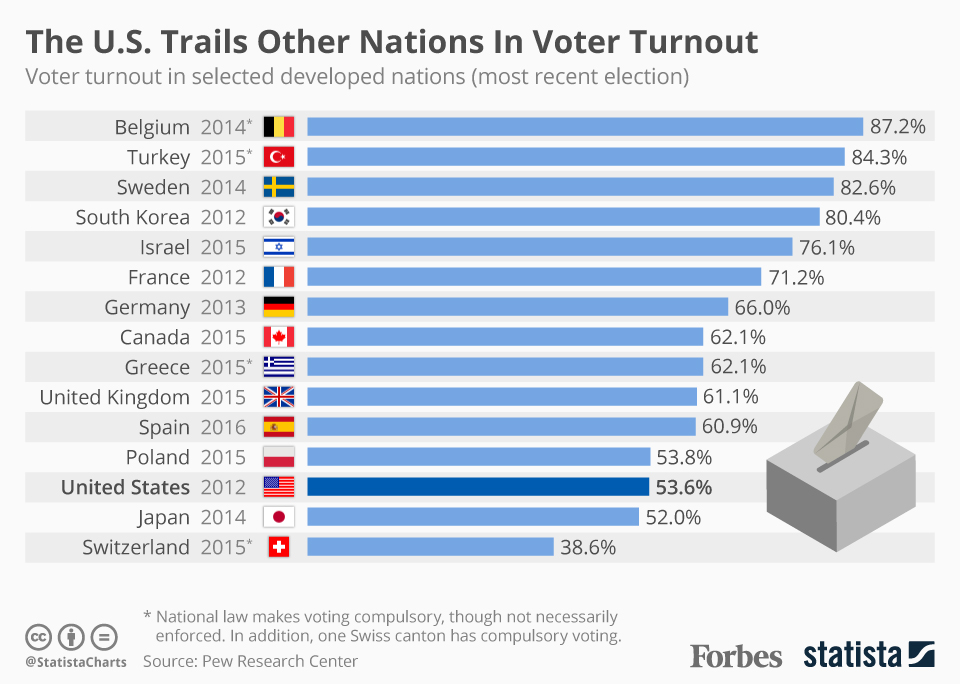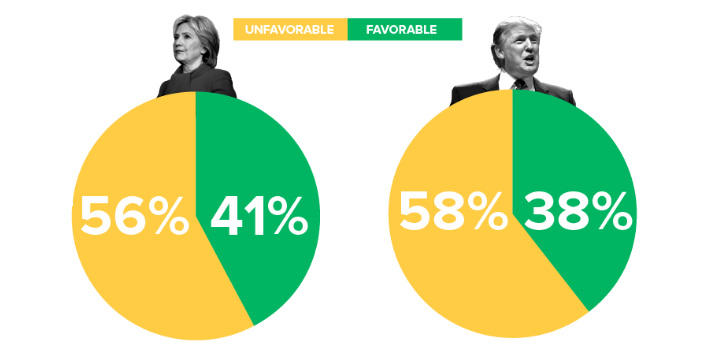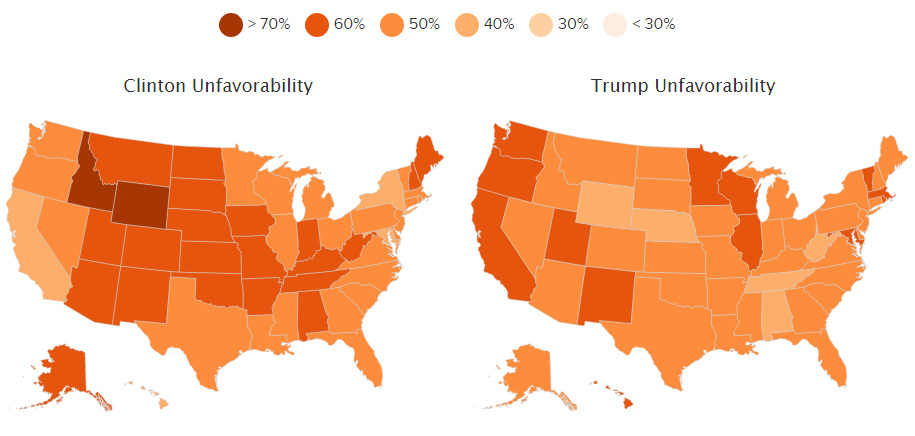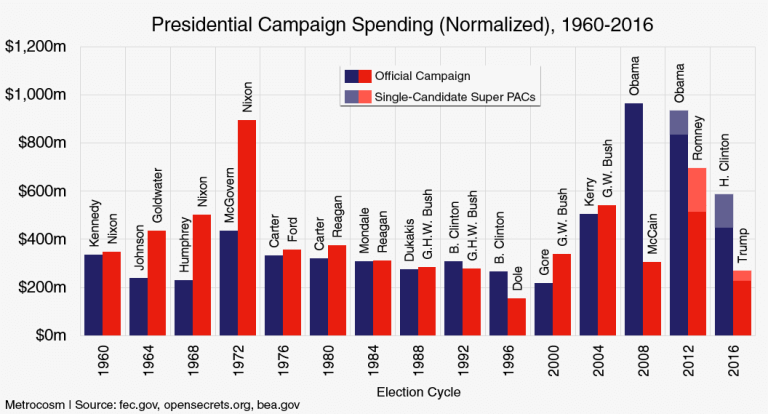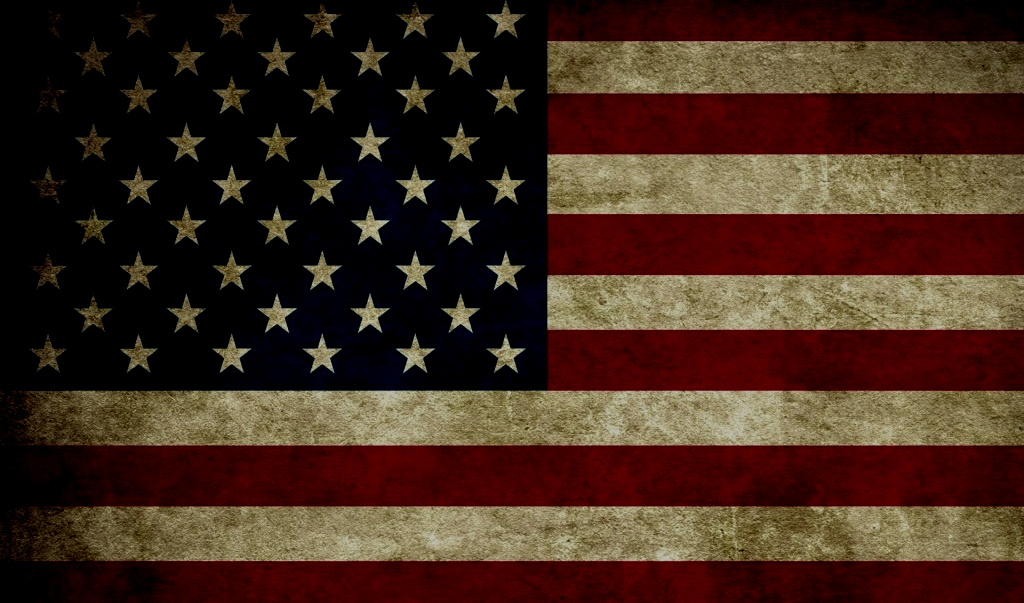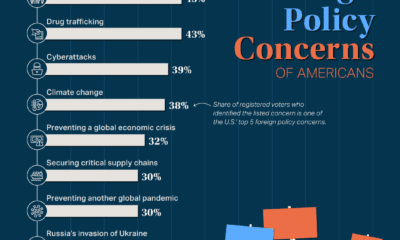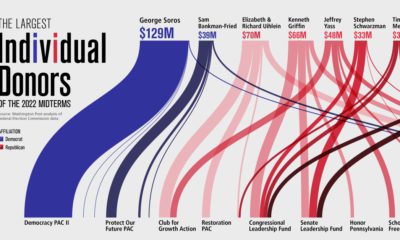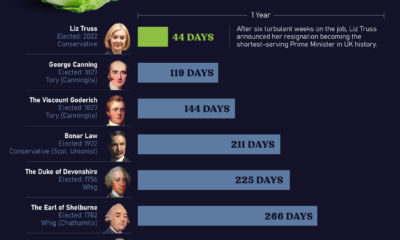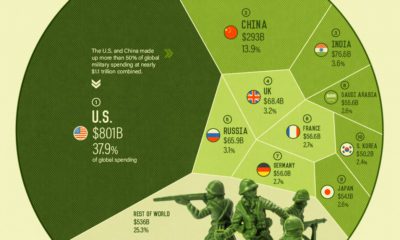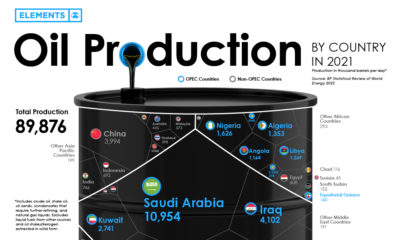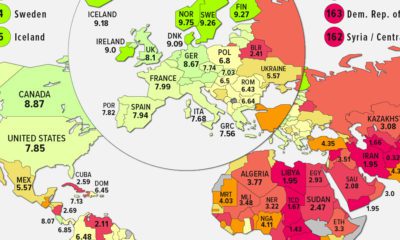Here’s 10 charts and maps that will help prepare your brain for what may come this evening.
1. Media “Consensus” is a Clinton Victory
It’s been a roller coaster over recent months, but the media “consensus” view is that Clinton has the best odds at winning the race. The above chart from Josh Katz plots the chance of a Clinton victory over the last three months according to various publications.
2. But Brexit Moments Happen…
As we all saw in June, polling numbers are not to be trusted. Even though the consensus view seems to be a Clinton victory, renowned statistician Nate Silver gives us significantly different odds. According to his website, the chance of a Trump victory is at roughly 28% as we head into Election Day. Silver also recently defended his model on Twitter:
— Nate Silver (@NateSilver538) November 5, 2016
— Nate Silver (@NateSilver538) November 5, 2016
3. The Trump Path to Victory
While a Trump victory is less likely, if it were to happen it may look something like this:
To stand a chance, Trump has to take Iowa, Ohio, Arizona, Florida, and North Carolina. That would get him to 259 electoral votes. Then he’d need to find 11 votes elsewhere: winning one of Pennsylvania, Michigan, or Virginia would work. However, he has trailed in polls in these three states for months.
4. Demographics are Destiny
Trump and Clinton appeal to different groups of people. For Trump to succeed, he will need working class whites to show up in droves at polling stations, and to somehow find cross-over appeal from other voting blocs.
5. Demographics are Destiny – Part Deux
Clinton will also need a strong turnout from the growing share of Hispanic voters in the country. This is especially important in states like Arizona, Florida, and New Mexico.
6. Obama is Hillary’s not-so-secret weapon
Obama’s approval rating is at its highest point in years, and this could end up being a deciding factor in mobilizing enough voters for Clinton.
7. Will voter turnout improve, generally?
Voter turnout in the 2012 election was low in comparison to other developed countries. The question is: will it be higher in 2016, and who does this benefit the most?
8. Everyone’s a Hater
Maybe turnout will be high because of the “lesser evil” vote. After all, these are two of the most disliked candidates in history. By the way, the above numbers are from summer 2016 – before the “lewd conversation” incident, the additional Trump sexual assault accusations, the release of most of the Podesta emails, and the re-opening (and re-closing) of Clinton’s FBI case.
9. A divided country
No matter who wins, the country will remain very divided over the near future. There will likely be a significant amount of disgruntled people in practically every state.
10. Money Raised
With the hype around the election, one would guess that the respective campaigns of Clinton and Trump would be destined for the record books. However, that’s simply not the case:
The above chart by Max Galka shows normalized campaign finance history since 1960. Clinton spent less than Obama did for either of his campaigns, and Trump was outspent by each of the last four Republican campaigns (Romney, McCain, and G.W. Bush 2x).
on Even while political regimes across these countries have changed over time, they’ve largely followed a few different types of governance. Today, every country can ultimately be classified into just nine broad forms of government systems. This map by Truman Du uses information from Wikipedia to map the government systems that rule the world today.
Countries By Type of Government
It’s important to note that this map charts government systems according to each country’s legal framework. Many countries have constitutions stating their de jure or legally recognized system of government, but their de facto or realized form of governance may be quite different. Here is a list of the stated government system of UN member states and observers as of January 2023: Let’s take a closer look at some of these systems.
Monarchies
Brought back into the spotlight after the death of Queen Elizabeth II of England in September 2022, this form of government has a single ruler. They carry titles from king and queen to sultan or emperor, and their government systems can be further divided into three modern types: constitutional, semi-constitutional, and absolute. A constitutional monarchy sees the monarch act as head of state within the parameters of a constitution, giving them little to no real power. For example, King Charles III is the head of 15 Commonwealth nations including Canada and Australia. However, each has their own head of government. On the other hand, a semi-constitutional monarchy lets the monarch or ruling royal family retain substantial political powers, as is the case in Jordan and Morocco. However, their monarchs still rule the country according to a democratic constitution and in concert with other institutions. Finally, an absolute monarchy is most like the monarchies of old, where the ruler has full power over governance, with modern examples including Saudi Arabia and Vatican City.
Republics
Unlike monarchies, the people hold the power in a republic government system, directly electing representatives to form government. Again, there are multiple types of modern republic governments: presidential, semi-presidential, and parliamentary. The presidential republic could be considered a direct progression from monarchies. This system has a strong and independent chief executive with extensive powers when it comes to domestic affairs and foreign policy. An example of this is the United States, where the President is both the head of state and the head of government. In a semi-presidential republic, the president is the head of state and has some executive powers that are independent of the legislature. However, the prime minister (or chancellor or equivalent title) is the head of government, responsible to the legislature along with the cabinet. Russia is a classic example of this type of government. The last type of republic system is parliamentary. In this system, the president is a figurehead, while the head of government holds real power and is validated by and accountable to the parliament. This type of system can be seen in Germany, Italy, and India and is akin to constitutional monarchies. It’s also important to point out that some parliamentary republic systems operate slightly differently. For example in South Africa, the president is both the head of state and government, but is elected directly by the legislature. This leaves them (and their ministries) potentially subject to parliamentary confidence.
One-Party State
Many of the systems above involve multiple political parties vying to rule and govern their respective countries. In a one-party state, also called a single-party state or single-party system, only one political party has the right to form government. All other political parties are either outlawed or only allowed limited participation in elections. In this system, a country’s head of state and head of government can be executive or ceremonial but political power is constitutionally linked to a single political movement. China is the most well-known example of this government system, with the General Secretary of the Communist Party of China ruling as the de facto leader since 1989.
Provisional
The final form of government is a provisional government formed as an interim or transitional government. In this system, an emergency governmental body is created to manage political transitions after the collapse of a government, or when a new state is formed. Often these evolve into fully constitutionalized systems, but sometimes they hold power for longer than expected. Some examples of countries that are considered provisional include Libya, Burkina Faso, and Chad.
